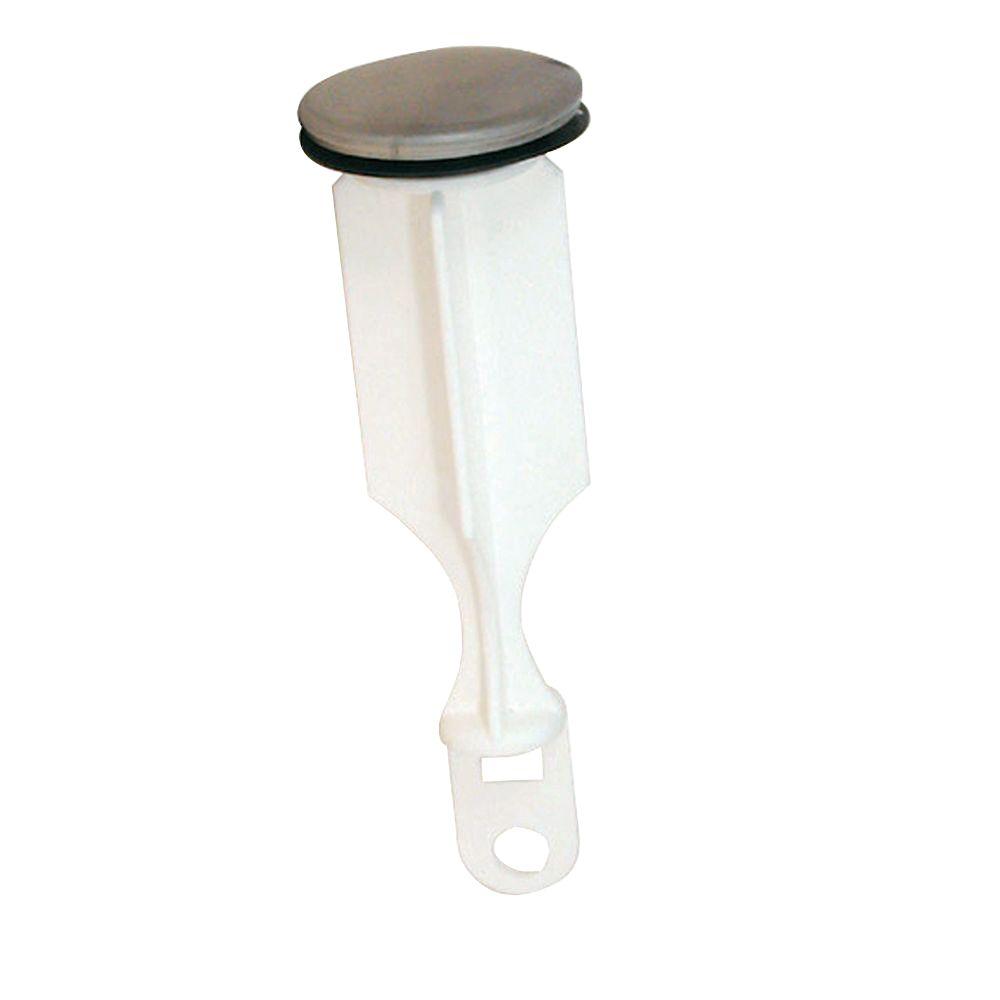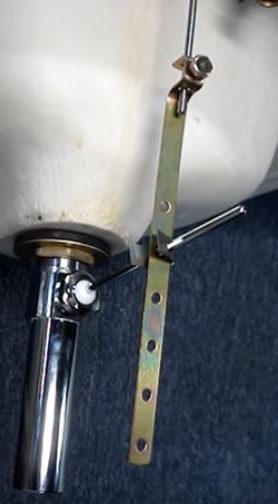
Removing black sludge from a sink drain can help improve drainage and eliminate unpleasant odors. Here’s a brief summary of how to do it:
- Safety Precautions: Before you start, wear rubber gloves to protect your hands, and ensure good ventilation in the area.
- Remove Drain Stopper or Strainer: If applicable, take out the drain stopper or strainer to access the drainpipe.
- Boil Water: Boil a pot of water and let it cool slightly. This hot water will help soften and dislodge the sludge.
- Pour Boiling Water: Carefully pour the hot water down the drain. Let it sit for a few minutes to loosen the sludge.
- Use a Plunger: Plunge the sink drain to create suction and dislodge the sludge. Push and pull the plunger vigorously several times.
- Baking Soda and Vinegar: Mix equal parts of baking soda and vinegar to create a fizzy solution. Pour it down the drain to break down and further loosen the sludge. Allow it to sit for about 15-30 minutes.
- Boil Water Again: Boil another pot of water and pour it down the drain to flush away the dissolved sludge and any remaining residue.
- Mechanical Snake or Auger (Optional): If the sludge is particularly stubborn, you can use a drain snake or auger to physically remove it. Insert the tool into the drain and rotate it to break up and extract the sludge.
- Rinse and Replace: Rinse the drain with more hot water to ensure all remnants are flushed away. Reinstall the drain stopper or strainer.
- Preventive Maintenance: To prevent future sludge buildup, consider using a drain strainer to catch debris, and run hot water down the drain regularly to keep it clear.
How Do I Get Rid of Black Sludge in My Sink?

Now let us look at how to get rid of the black slime from your sink. There are actually several ways to do it but we will go systematically starting from the easiest one.
1. Snake the Sink Drain
As I had already mentioned, bathroom sink drains are usually clogged by hair. Strands of hair stick together inside the drain line forming balls especially after combining with oils, shampoo and soap scum.
The good thing is that snaking a sink drain is very easy. Actually, you don’t need to snake it using the usual drain auger but by using a hair sink removal tool.
A sink drain hair removal tool is a flexible plastic tool (sometimes called a zip tool) with hooks on both sides that you just stick inside the drain line, twist it then pull it with the hair.

These tools are safe to use unlike the metallic ones since they can’t damage the drain line.
If you do not have this tool, grab a wire coat hanger and straighten it then use pliers to make a hook on one of its end. Use it to fish out hair gunk from the drain and when you are done blast hot water down the drain to flush the little debris still left inside.
2. Use Baking Soda and Vinegar
Baking soda and vinegar are very effective in unclogging drains. They react together in a fizzing reaction and in the process break down the gunk.
Vinegar is a weak acid while baking soda is a base so they will neutralize after the reaction. If you do not have baking soda then borax will be a fantastic replacement.
Both of them are also safe for your plumbing since there is no heat generated which can deform pipes unlike chemical drain cleaners. They are also septic-safe and will therefore not kill the good bacteria inside your septic tank.
Here is how to remove black gunk from a sink drain using baking soda and vinegar:
- Start by boiling about 1 gallon of water.
- Pout 1 cup of baking soda in the sink.
- Slowly add another cup of vinegar down the sink drain
- Wait for about 15 minutes for the mixture to work out its magic. This also gives the water time to boil.
- Dump the boiling water in the sink.
While baking soda and vinegar will break down the black gunk into tiny pieces, the hot water will melt any gunk still sticking on the drain line and flush it down leaving the drain line clean.
3. Remove and Clean the Pop-up Stopper Assembly.

Before using the baking soda and vinegar, you may decide to remove and clean the pop-up stopper assembly. This is where most of the biofilm will be trapped.
The popup stopper assembly is made up of the following:
- Lift rod
- Pivot rod
- Plug
- stopper cap
The lift rod is that you pull from the top but it extends underneath the sink where it is connected to the pivot rod. There are several holes on the lift rod for connecting the pivot rod at different heights.
The pivot rod goes inside the drain line where it is hooked to the stopper plug. From the top of the sink, the stopper cap is screwed on the plug.

- Duck under the sink and remove stuff stored there to give yourself enough space to work with.
- Start by noting and marking the exact hole on the lift rod where the pivot rod is connected to.
- Disconnect the pivot rod from the lift rod using pliers.
- Loosen the coupling connecting the pivot rod to the drain line with your bare hand. Only us a wrench if it is too tight.
- Pull out the pivot rod.
- Now that the stopper plug is free, remove it from the top of the sink.
- Drop it inside a bowl with warm soapy water and clean it using an old toothbrush.
Move to the next step.
4. Remove and Clean the P-trap

A P-trap is the U-shaped part of the sink drain line. It serves 2 purposes:
- It holds a little amount of water at all times preventing sewer gases from coming up through it.
- It traps potential drain clogs preventing them from clogging the drain line farther away.
The shape of the P-trap allows it to trap lots of gunk (hair, soap scum, oils, shampoo etc.) which is what forms the black biofilm.
By removing and cleaning the P-trap, you will have removed most of the black sludge from the sink drain. Here is how to do it:
- Place a small bucket or pan under P-trap. This will prevent the water already inside it from spilling on the floor.
- Disconnect the P-trap. Most of the time the connections will be hand-tight but if they are not you can always use a wrench.
- Check the inside of the P-trap for the black gunk.
- Tap it against a hard surface t remove as much of it as possible before dropping it in a bowl of warm soapy water to clean it.
- You can also insert a wet rag in the vertical section of the drain line to clean it as well.
- When the P-trap is clean connect it back.
Connect the pop-up stopper assembly as well.
- Start by pushing the plug inside the sink drain opening.
- Insert the pivot rod through the opening on the drain line and hook it to the plug.
- Screw in the pivot rod coupling.
- Connect the pivot rod to the lift rod on the exact hole you marked.
Finally
To clean the drain line and get rid of any lingering smells, pour half a cup of baking soda followed by another half cup of vinegar then wait for 15 minutes.
Blast hot water through the sink drain to flush out any debris still in the drain line. Do this frequently to prevent the black sludge from forming inside the sink drain.
In rare occasions, the black gunk can be caused by a clogged plumbing vent. Check out this post to learn how to unclog a plumbing vent.
